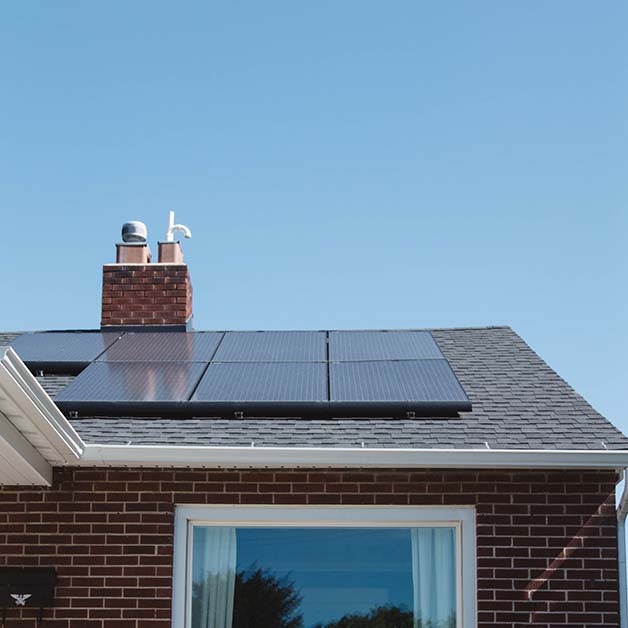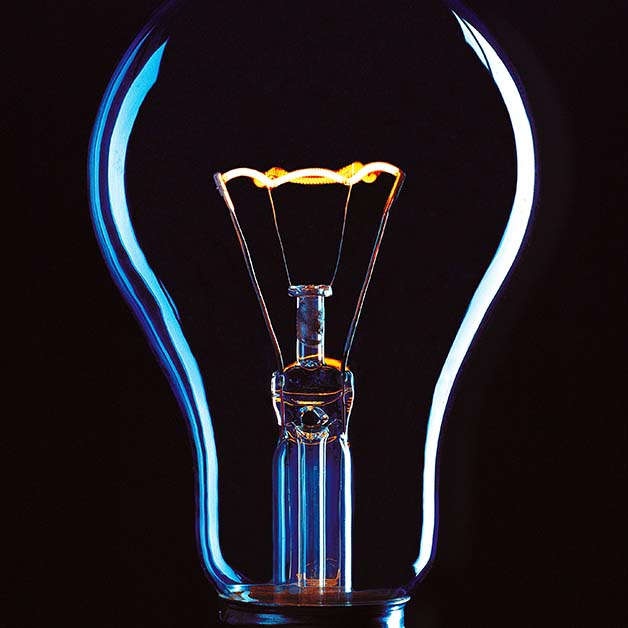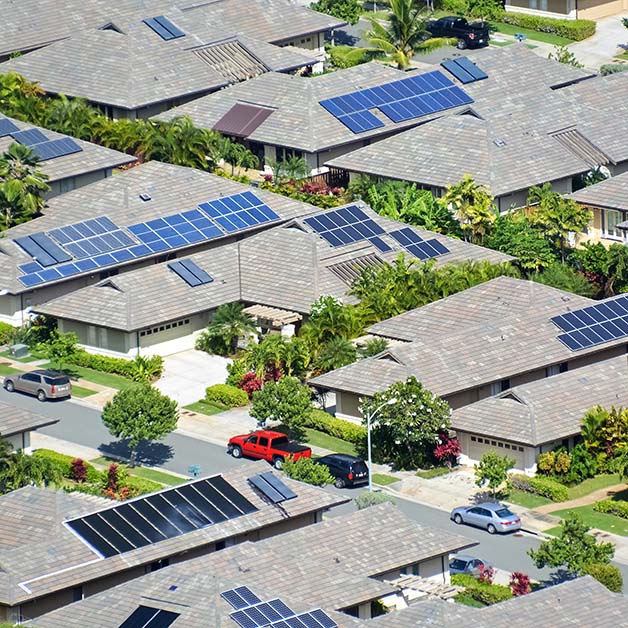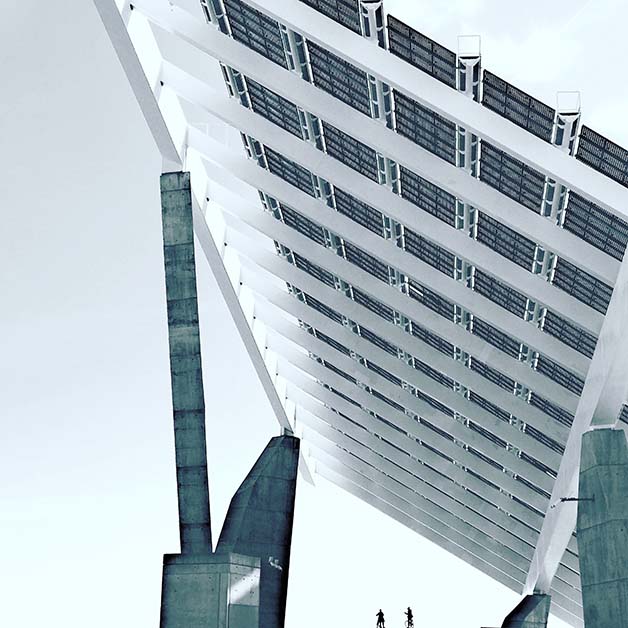Innolec and SEBSS service the agricultural industry as well as residential, commercial, and industrial companies within the Toowoomba area
that have energy needs 24 hours a day, seven days a week.

Residential Services
Reduce your household expenses with an optimised solar solution for your home. At Innolec and SEBSS, we take all your power requirements and patterns into consideration. Your pool, spa, garden irrigation, indoor and outdoor lighting could all be more affordable with a bespoke solar solution system in place. In most cases, the payback period on a residential solar system is less than three years.
Household electricity consumption in Queensland averages at 22 kWh/day under Tariff 11 and about 8 kWh/day under off-peak tariffs 31 and 33. A suitable sized solar photovoltaic (PV) of 6.6 kW together with a 5 kW inverter will generate on average 25 kWh per day during daylight hours.
The electricity generated by PV costs as little as 5 cents/kWh and therefore presents a massive advantage in utilising this energy to supply domestic loads while the sun shines.
Need an on-site assessment done? Contact Innolec and SEBSS today on
0414 636 099.
Excess Energy
Medium and large industrial and commercial businesses can make effective use of Excess energy from the photovoltaic (PV) array is exported to the power grid with a credit received.
In many cases the electricity bills can reach zero or receive credit when exported energy during the day pays for energy used at night and on cloudy days. In most cases the payback period on a residential solar system is less than three years.


Battery Storage
Medium and large agricultural operations can make effective use of photovoltaic (PV) electricity as solar generation commonly matches load usage. Battery banks can be utilised to store energy from PV to be used at night when electricity consumption is at its most active.
The size of the residential system’s battery range from 12 to 25 kWh. The energy stored can also be used as an emergency supply during power outages.
The added cost of the battery translates to a longer payback period – usually seven years.
Off Grid Photovoltaic System
‘Off grid’ solar systems for electricity generation employ a PV array, a storage battery and a stand-alone inverter. A maximum power point tracker is used to charge the battery bank optimally. The ‘off grid’ system usually incorporates a backup diesel or petrol generator.
During the day, energy can be used to supply the day load and the excess energy is stored for use by the night load. Either lead acid or lithium batteries are used at a D.C. voltage of 24 V or 48 V depending on the inverter capacity. Higher D.C. voltages are preferred if the connected load exceeds 3 kW to reduce internal resistance losses.
A choice of 3 kW or 5 kW inverter and 5-6 kW PV with 15 kWh of battery storage will be most suitable for households with no grid power.

![Solar Energy & Battery Storage Solutions [SEBSS]](https://www.sebss.com.au/wp-content/uploads/sebss.png)
